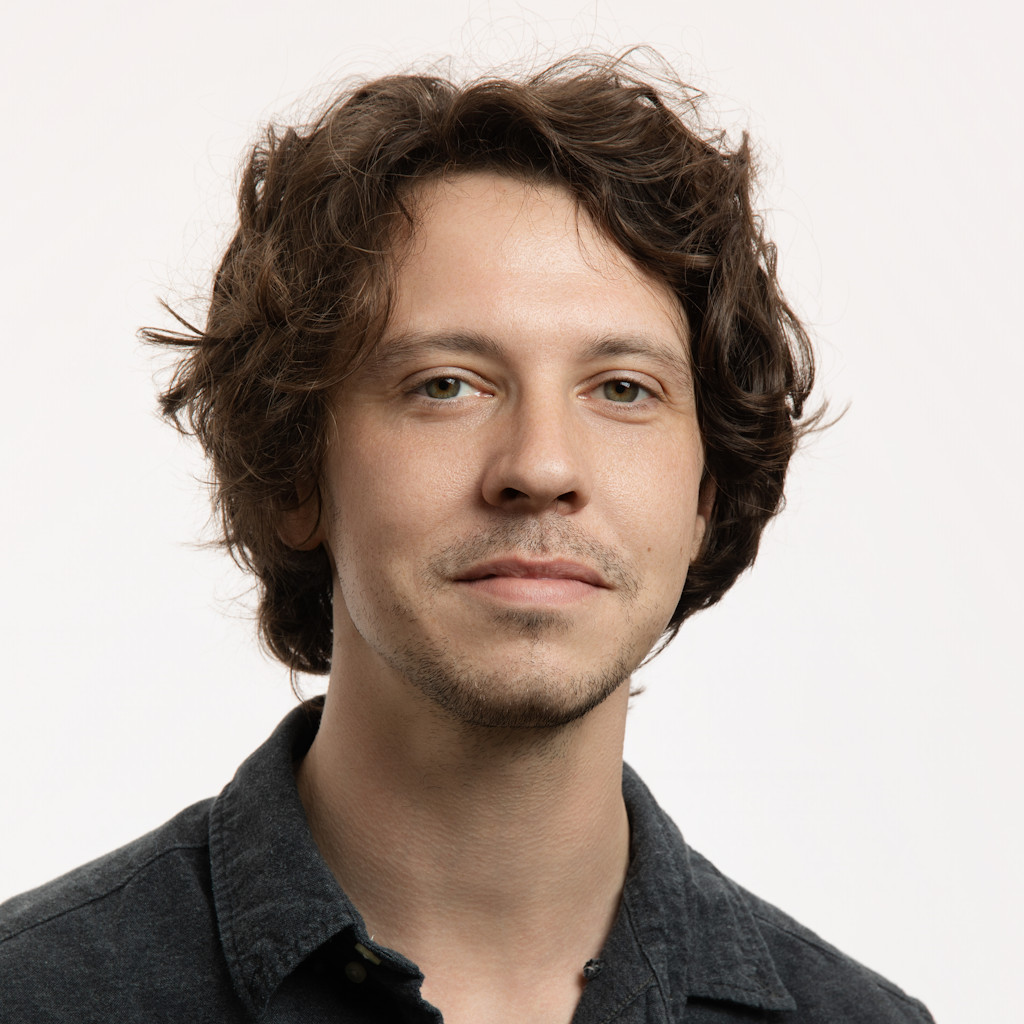
Foraging for art offers escape from the ordinary
By
Brett McKay
In the early hours of a Saturday morning, dozens of hand-crafted mushrooms cropped up around Edmonton. Cardboard polypores rooted in the brick face of an Irish pub. Stained-glass amanitas dripped off tree branches along walking trails. Knitted toadstools and psychedelic polymer caps lay in long grass, waiting for collectors – or curious passersby – to discover them.
All of them were made, placed, and hunted as part of the underground holiday known as Game of Shrooms. Started in 2019 by artist Daniel "Attaboy" Seifert, the one-day event on June 11 now has thousands of artists worldwide creating original pieces and leaving clues on social media for seekers.
"You get to be both Santa Claus and the kid on Easter morning. You get to be the mischief-maker and that person looking for something," Seifert said, describing the out-of-the-ordinary mindset Game of Shrooms kindles in participants.
Seifert began crafting and hiding mushroom-themed artworks in 2016, as a way of coping with what he described as his first real depression. While travelling to meetings in L.A., he would have a "secret agenda" of dropping off one of his creations – and dropping hints about it online. "No matter how bad my day went, I would change the narrative of my day, so I got to have a little bit more of a sense of control. It was a form of therapy, I guess, art therapy."
The idea has now grown well beyond Seifert, with the day marked on calendars in Tasmania, Hong Kong, Canada, and beyond. The original spirit behind it, of creating a moment outside the day-to-day hustle, is still largely embraced by the artists, Seifert said. Some pieces would normally sell for thousands but are instead placed as freely as those made by first-timers.
"You're gifting it to a world not knowing if anybody's going to find it. It's an art of giving it to the world."
That act of giving was the inspiration behind another art hunt that captured the imagination of Edmontonians. In the doldrums of the pandemic, sculptor and metal artist Slavo Cech began producing works to be "hidden in plain sight" around the city.





